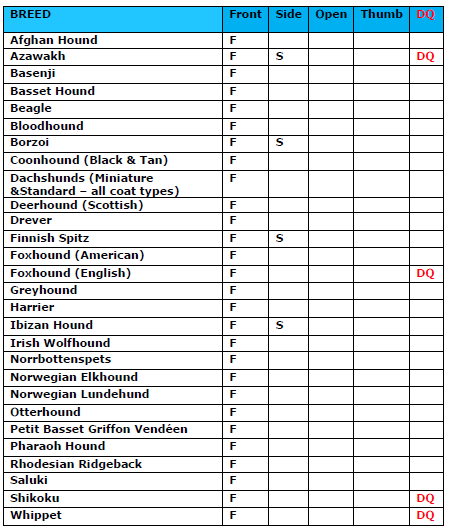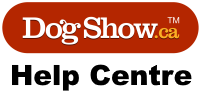The following information is courtesy of the Canadian Dog Judges Association (CDJA).
The preparation of this CDJA guide to the conduct of oral exams in breeds approved by the Canadian Kennel Club was inspired by the similar guide published by the American Kennel Club (http://images.akc.org/pdf/events/conformation/Oral_exams.pdf). To paraphrase the introduction to that guide: The proficient judge alters his or her examination technique from breed to breed based on the priorities as defined by the breed standards. To do so requires interpretation as to what the standard is attempting to convey to the judge. Close inspection of a breed’s standard will determine the appropriate oral exam to conduct when judging that breed, which is an essential component of the breed specific exam.
Oral exams can be generally divided into four (4) categories which individually or in combination will constitute the correct oral exam for a breed:
This requires the judge separating the front of the lips to display the meshing of the incisor and canines or asking the exhibitor to “Show the bite, please”.
This requires the judge to separate the front of the lips to display the meshing of the incisors and canines AND the flews on each side of the mouth, so the judge may observe the pre-molars and molars on the upper and lower jaw for each or asking the exhibitor to “Show the teeth, please”.
Breed standards that include a DQ for pigmentation of the mouth but do not reference missing teeth or full dentition would require examining the “bite” and then opening the mouth to check for pigment of the mouth and/or tongue. An example would be the Chinese Shar-Pei, whose standard calls for a scissors bite but also states that the tongue, roof of mouth, gums and flews should be solid bluish-black except in dilute colours which have solid lavender pigmentation.
Breeds for which the standard includes a DQ for missing teeth will require that the front and sides be displayed and may include opening the mouth so the judge can effectively observe the molars.
undershot jaw







